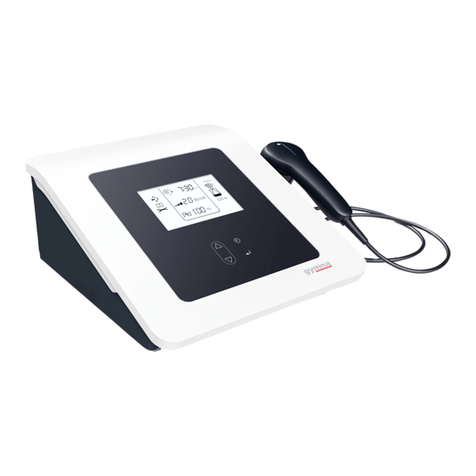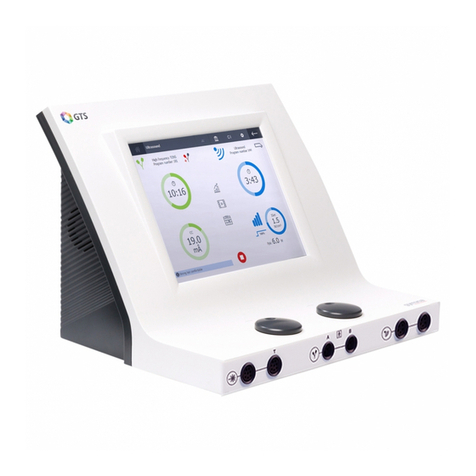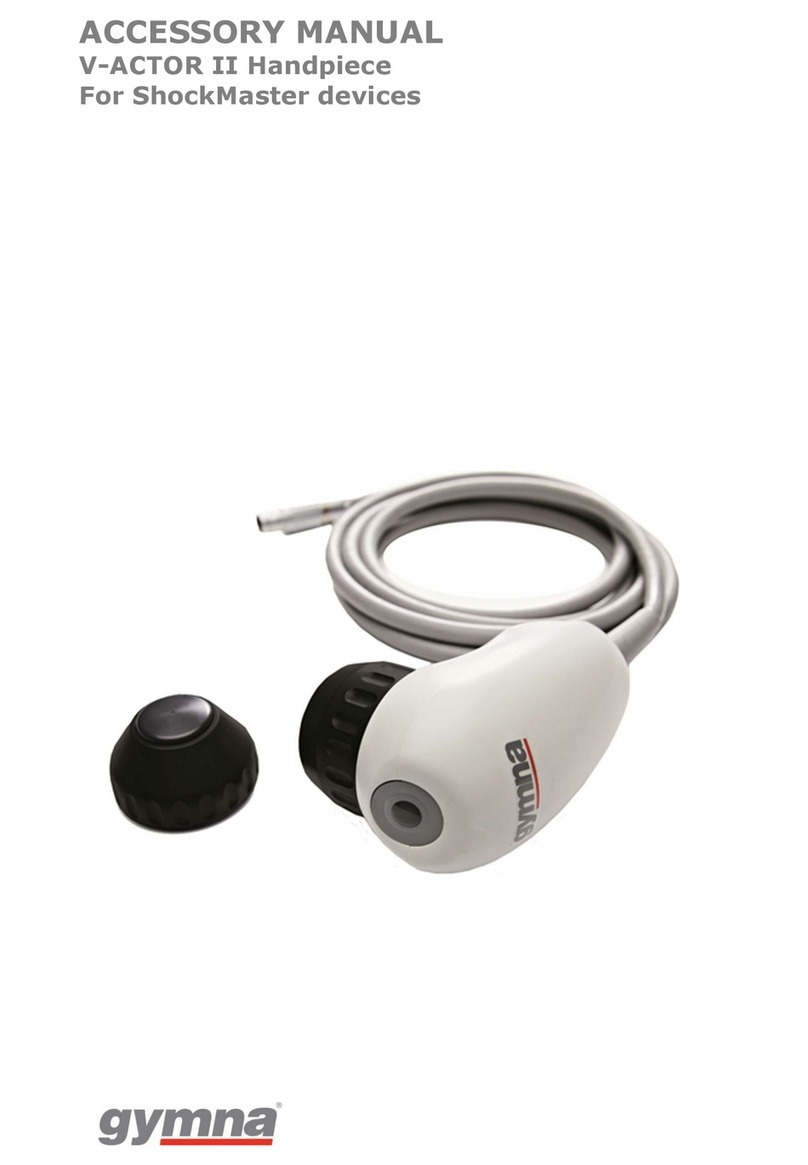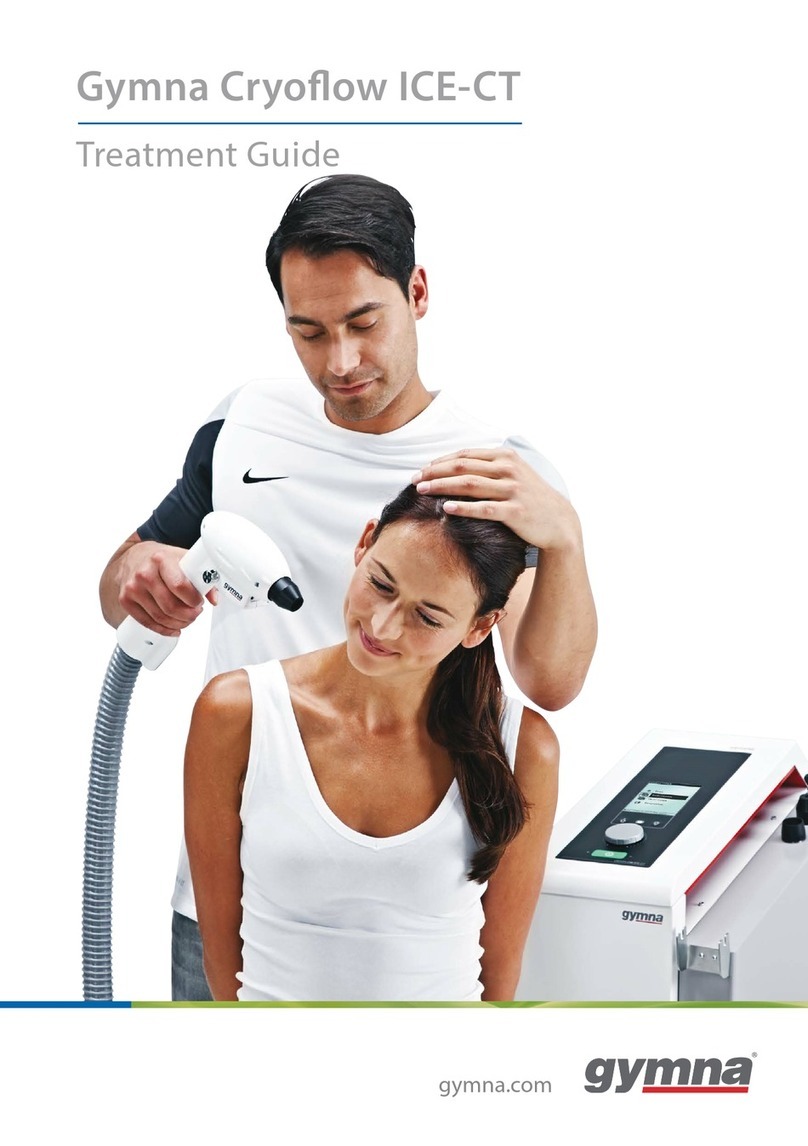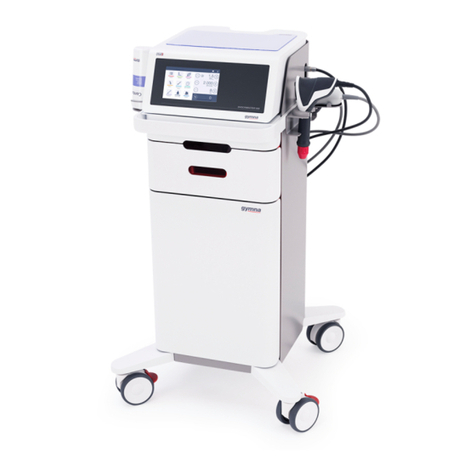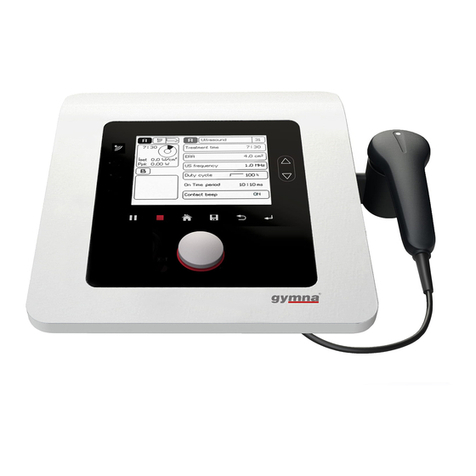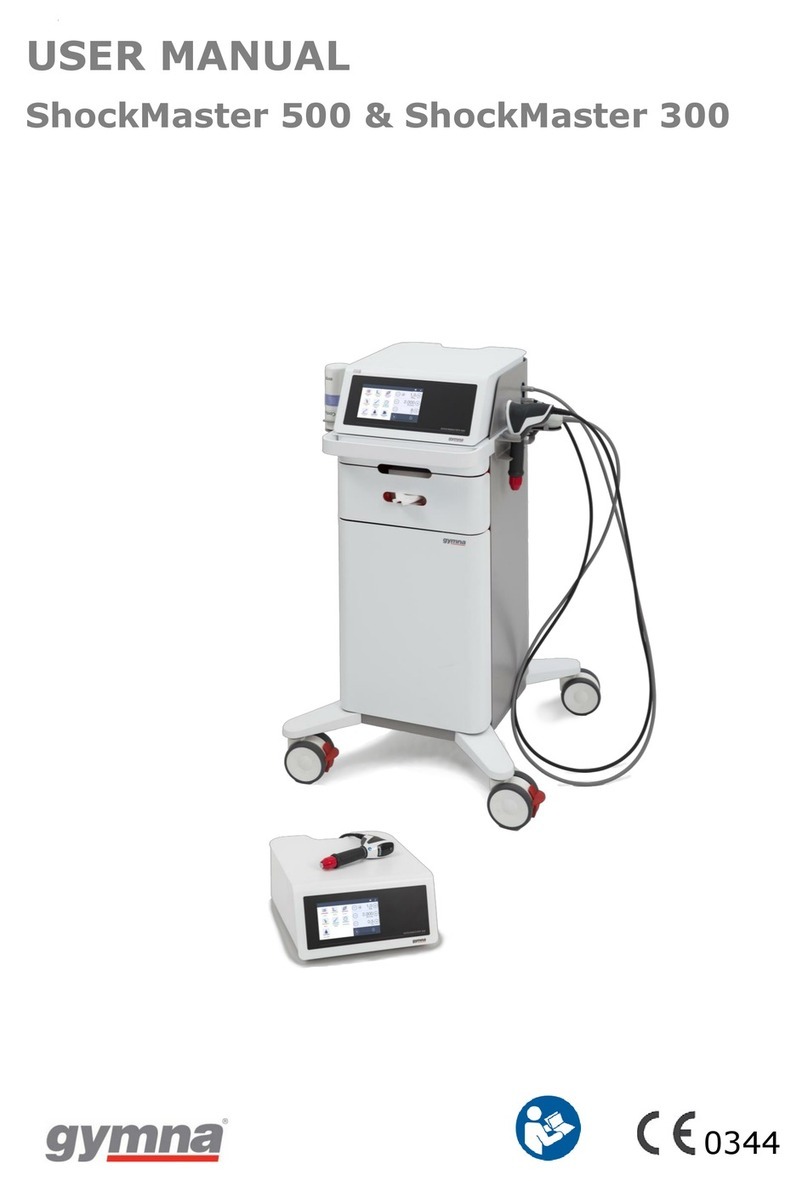
1. Contents
1. Contents ..........................................................1
2. Preface ...........................................................1
3. Introduction ......................................................3
4. Important remarks .................................................4
5. General technical data. ...........................................6
6. Block diagram. ....................................................7
7. Operation panel ...................................................8
8. Right side panel. ................................................10
9. Power supply. ....................................................11
10. Microcontroller circuits. .......................................13
10.1 The microprocessor (µp).......................................13
10.2 Microprocessor guard components...............................13
10.3 I²C bus.......................................................13
10.4 Relay 4 (RLY4)................................................14
10.5 Microprocessor (µp) pin description...........................14
11. Keyboard. .......................................................17
12. US power and output stage. ......................................19
12.1 Measuring and displaying US power.............................19
12.2 Automatic power density limitation............................20
12.3 Switched mode power supply....................................20
12.4 The ADDA convertor............................................20
12.5 Output frequency generation...................................21
12.6 Relay drivers.................................................21
13. US output stage .................................................23
13.1 Output voltage and current measurement........................24
13.1.1 Voltage measurement. ......................................24
13.1.2 Current measurement. ......................................24
13.2 Relay circuits................................................24
13.3 Contact control...............................................25
13.4 Cable fraction detection......................................25
14. The display circuit. ............................................28
14.1 Display circuits..............................................28
14.2 Display warnings..............................................28
15. Error codes. ....................................................30
16. Measuring points. ...............................................31
17. Replacement procedures. .........................................32
17.1 Bottom plate..................................................32
17.2 Main PC board (ELUL 004-L100-V20).............................32
17.3 Ultrasound PC board (ELUL 004-L300-V30).......................32
17.4 Display PCB (ELUL 004-L400-V20)...............................32
17.5 Power transformer.............................................33
18. Repairing PC boards. ............................................34
18.1 Which tools are necessary ?...................................34
18.2 Which procedure has to be followed?...........................34
19. Storage and transport. ..........................................35
20. Microprocessor versions and upgrades. ...........................36
20.1 The upgrade routine...........................................36
20.2 Microprocessor software versions..............................36
21. The ultrasound heads. ...........................................37
22. Returning defective parts. ......................................39
22.1 Guarantee claims..............................................39
22.2 Defective parts...............................................39
22.3 Filling out the ‘Request Return Defective Parts’ form.........39
23. PCB layouts. ....................................................42
24. Spare parts. ....................................................46
2. Preface
As in every field, technology moves fast in the area of electro-
medical equipment.
Both electronically and medically, immense progress has been made over
the last couple of years.
Page 1
